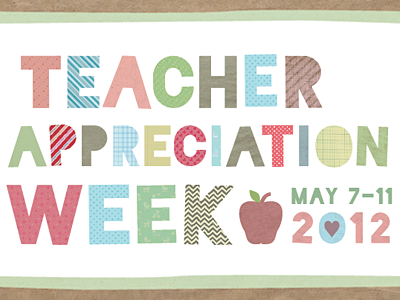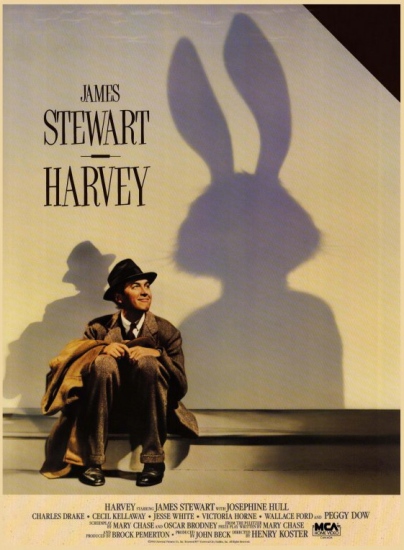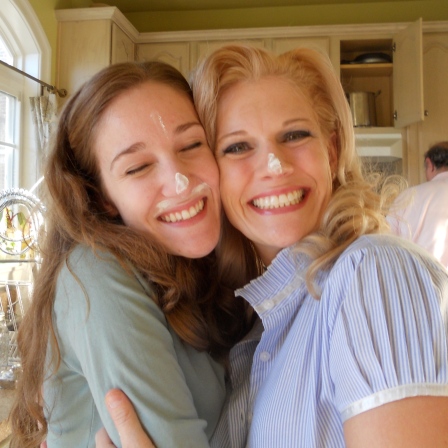
june cleaver, via takefive
Today, I wore a suit.
This wasn’t my first time. But—as usual—I was struck by how uncomfortable I looked and how awkwardly the collar of my dress shirt laid upon the lapel of my blazer.
Remember Ralphie’s little brother, Randy, in A Christmas Story? Remember his snow suit? It felt a lot like that.
Now, perhaps it’s just an ill-fitting suit, but I doubt it: everything was tailored just fine. No, this wasn’t so easy to explain away. When I looked in the mirror, I just felt sort of shapeless and boxy. More significantly, I felt like I was playing dress-up in an outfit—and an image—that doesn’t belong to me.
—————
Suzanne Venker would like to exploit validate this insecurity. In her Fox News op-ed entitled “The War on Men,” women are harangued for seeking out higher education and full-time careers because “women aren’t women anymore.” As a result, “the men have nowhere to go.”
Luckily, Venker breaks down her argument in easy-to-digest pieces so even my feeble female brain can understand. Her argument is simple: “Men want to love women, not compete with them.” The solution? Even more simple: As a woman, all I have to do is “surrender to [my] nature—-[my] femininity—and let men surrender to theirs.”
While this is exceptionally good news for me (like I said, I look awkward in a suit; strollers and aprons are much more flattering), what I worry most about is what our daughters’ futures will look like with such bleak and repressive attitudes towards them.
—————
It’s not enough to slut-shame. It’s not enough to rape-shame (…and rape-shame…and rape-shame). Now, we must ensure that our girls understand that this overwhelming world of education and self-sufficiency is—really—no place for a lady.
Instead, all too often, powerful women are accused of being overbearing, masculine, unladylike, and—worst of all—unattractive. Thus the “feminine” Kardashian archetype becomes the new role model because even if they’re not the smartest or nicest women, at least they’re pretty.
—————
I cannot tell you how many times this has come up in my interactions with middle-school girls: pretty lips, pretty eyes, flat stomach, curvy hips, cleavage, “good hair.” It broke my heart every time that grace or intellect or humor were afterthoughts—if they were even thought of at all. This is our value system, and it becomes all the more apparent when reflected within the autonomy-shaming vitriol espoused by Venker and her anti-feminist cohorts.
In reviewing what sort of external attitudes we would like ourselves to be subject to and what sort of lives we want for our daughters, we must first determine what sort of role models we will choose to be. Blaming women and shaming young girls away from academic achievement and self-reliance only serves to defend the disparities and further feed into self-esteem issues, thereby weakening our society as a whole.
The real solution to this social schism has nothing to do with surrendering; in fact, it’s just the opposite. If we hope to provide a “balanced life” for our girls, we must first demonstrate the value of their minds and demand their self-image be derived from a place of internal power, rather than external perception.
Essentially, we must first teach them how to wear a suit.


























